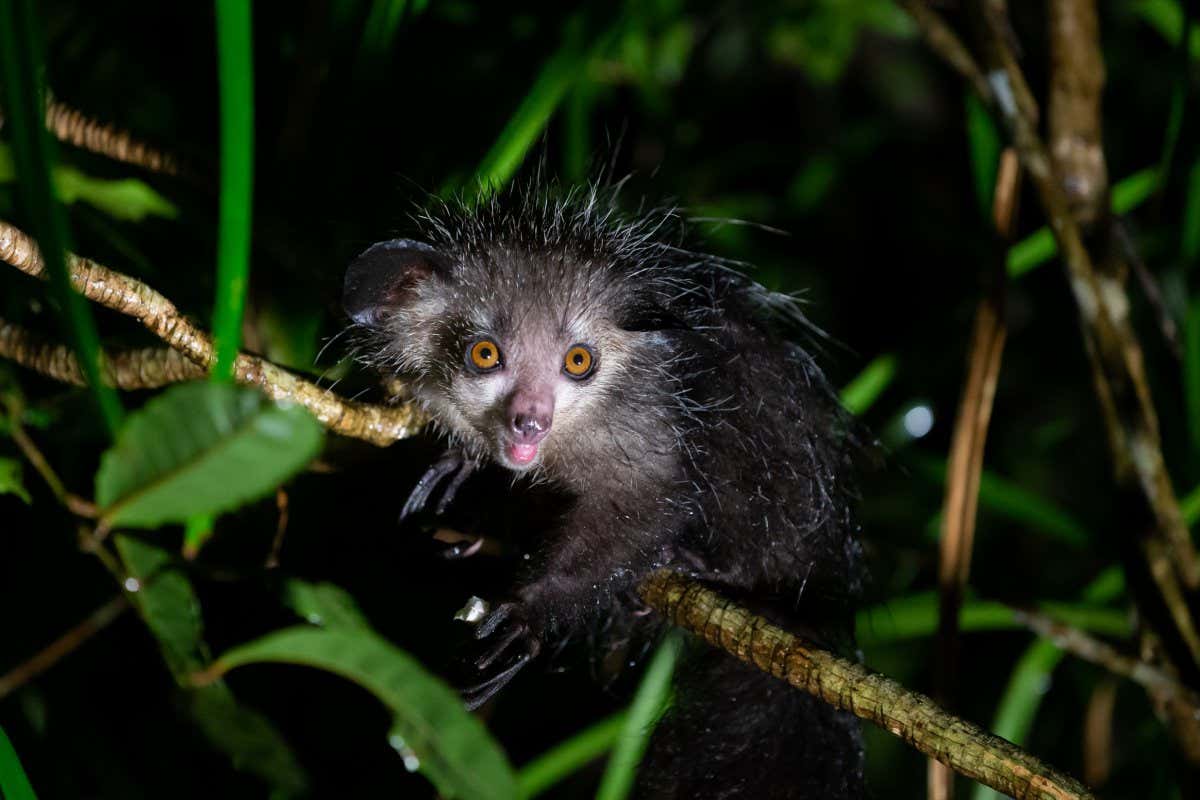Prioritizing Aye-aye and Possum Conservation: A Race Against Time
The world's biodiversity is facing an unprecedented crisis. While charismatic megafauna often dominate conservation efforts, numerous lesser-known species are teetering on the brink of extinction. Two such creatures, the enigmatic aye-aye and the diverse family of possums, desperately need our attention and immediate conservation action. Their plight highlights the urgent need for a more inclusive and holistic approach to wildlife preservation.
The Aye-aye: A Misunderstood Nocturnal Marvel
The aye-aye (Daubentonia madagascariensis), a lemur endemic to Madagascar, is a truly unique creature. Its large ears, perpetually gnawing incisors, and long, spindly middle finger, used to extract grubs from wood, make it instantly recognizable. Unfortunately, these unusual features have also led to widespread superstition and persecution, contributing to its critically endangered status.
-
Threats to Aye-ayes: Habitat loss due to deforestation is the primary threat. Added to this are human-wildlife conflict, bushmeat hunting, and the devastating effects of climate change.
-
Conservation Efforts: Several organizations are working tirelessly to protect aye-ayes, focusing on:
- Habitat protection and restoration: Creating protected areas and reforestation projects are crucial.
- Community engagement: Educating local communities about the importance of aye-ayes and dispelling harmful myths is vital.
- Anti-poaching measures: Strengthening law enforcement and promoting sustainable alternatives to hunting are essential.
- Research and monitoring: Understanding aye-aye behavior and population dynamics is crucial for effective conservation strategies.
Possums: A Diverse Family Facing Multiple Challenges
Possums, belonging to the order Didelphimorphia, encompass a wide range of species found across the Americas, from North to South. While some possum species are relatively common, many others are facing significant threats, pushing them towards vulnerable or endangered status.
-
Threats to Possums: Threats vary depending on the species and location but commonly include:
- Habitat destruction and fragmentation: Urbanization, agriculture, and deforestation are major contributors.
- Roadkill: Possums are often victims of traffic accidents, especially in areas with high vehicle density.
- Disease: Introduction of diseases can decimate vulnerable populations.
- Predation: Invasive species and domestic animals can pose serious threats.
-
Conservation Strategies for Possums: Effective conservation requires a multi-pronged approach, including:
- Habitat connectivity: Creating wildlife corridors to allow for gene flow and dispersal.
- Reducing road mortality: Implementing measures like wildlife crossings and speed limits.
- Disease surveillance and management: Monitoring and controlling the spread of infectious diseases.
- Controlling invasive species: Reducing competition and predation by managing invasive predators.
The Need for a Holistic Approach
Conserving both aye-ayes and possums requires a shift in our approach to wildlife conservation. We need to move beyond focusing solely on charismatic megafauna and embrace a more inclusive strategy that prioritizes the protection of all species, regardless of their perceived "appeal." This requires:
- Increased funding for research and conservation programs.
- Strengthening international collaboration and partnerships.
- Educating the public about the importance of biodiversity.
- Promoting sustainable land management practices.
Protecting these unique creatures is not just about saving individual species; it's about preserving the intricate web of life that sustains our planet. By prioritizing the conservation of aye-ayes and possums, we take a critical step towards a healthier and more biodiverse future for all. Learn more about how you can contribute to their survival by visiting [insert link to relevant conservation organization]. Every action, no matter how small, can make a difference.

